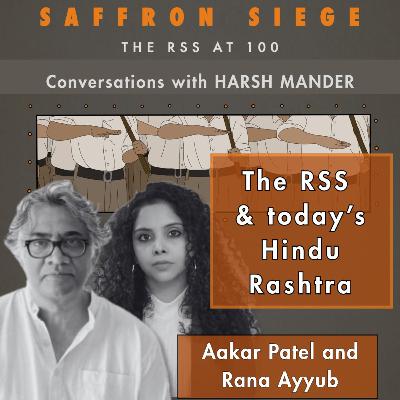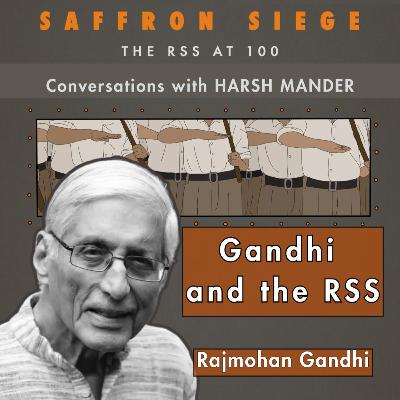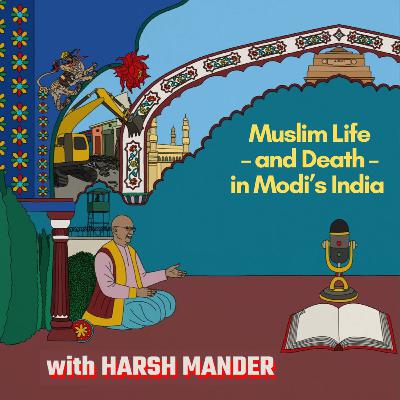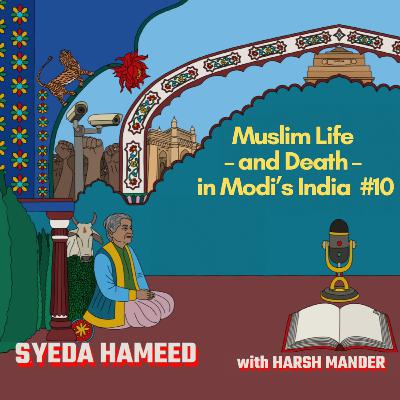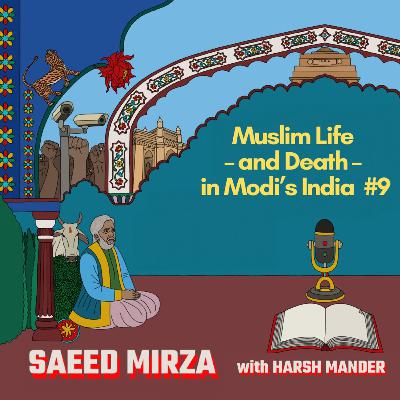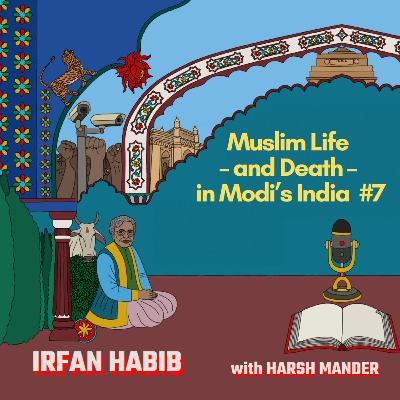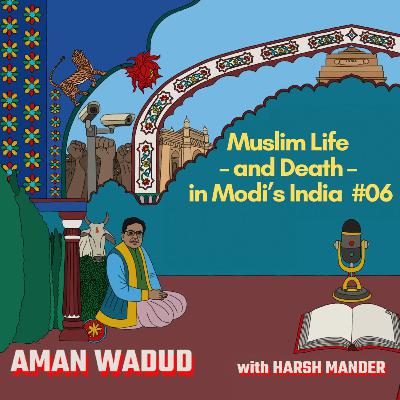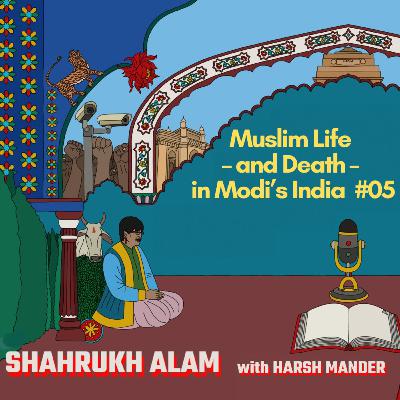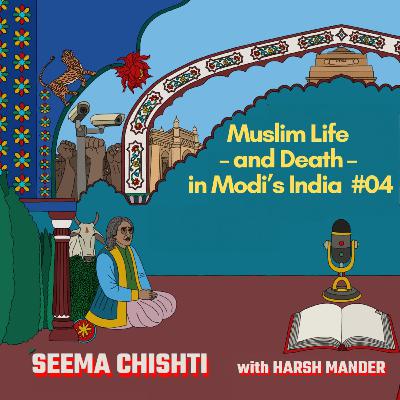T M Krishna & Harsh Mander on Tamil Nadu’s resistance of the RSS
Description
The trajectory of the RSS in south India is very different from its history and progress in the north and northeast of the country. While coastal Karnataka was the landing ground of the Sangh in the south as far back as the 1950s, Hindutva found little traction in large parts of the south till the last decade when Narendra Modi and his BJP have been in national power. The biggest resistance to the RSS and Hindutva has been in Tamil Nadu.
In this episode, musician and socio-political commentator T M Krishna speaks to Harsh Mander about Tamil Nadu’s long history of social movements that has led to this resistance. They examine how the state’s linguistic and faith traditions have stood as a bulwark against the RSS’s attempts at homogenisation under a Hindu umbrella. Krishna points out the multiple streams of religious influence on arts in India, especially in music, and how the RSS has tried to deny this past in service of the ideological project. “Carnatic music is symbolic of something for the RSS. It is symbolic of that puritanical and cultural superiority… Homogenisation, or rather a linearisation, of that is convenient for them.”
You can watch the full episode on YouTube: https://youtu.be/cPIGBhmk4us
This episode is part of Season Two of Partitions of the Heart. In this season, Harsh Mander speaks to leading scholars and observers who have studied the RSS closely. Together, they examine its roots and core principles, its Hindutva agenda, and its corrosive role in India’s public and social life across a century.
“Saffron Siege” runs from 17 September to 3 December 2025, with a new episode releasing every Wednesday. Himal’s podcasts are available on YouTube, Spotify and Apple Podcasts.
Production: Imaad ul Hasan, Lydia Smith, Ritika Chauhan, Nayantara Narayanan
Support Himal Podcasts and Himal's independent journalism for just USD 5 per month: https://payhere.lk/pay/oee1bdaf1
Himal Southasian is Southasia’s first and only regional news and analysis magazine. Stretching from Afghanistan to Burma, from Tibet to the Maldives, this region of more than 1.4 billion people shares great swathes of interlocking geography, culture and history. Yet today neighbouring countries can barely talk to one another, much less speak in a common voice. For three decades, Himal Southasian has strived to define, nurture, and amplify that voice.
Read more: https://www.himalmag.com/
Support our independent journalism and become a Patron of Himal: https://www.himalmag.com/support-himal
Find us on:
https://twitter.com/Himalistan
https://www.facebook.com/himal.southasian
https://www.instagram.com/himalistan/




